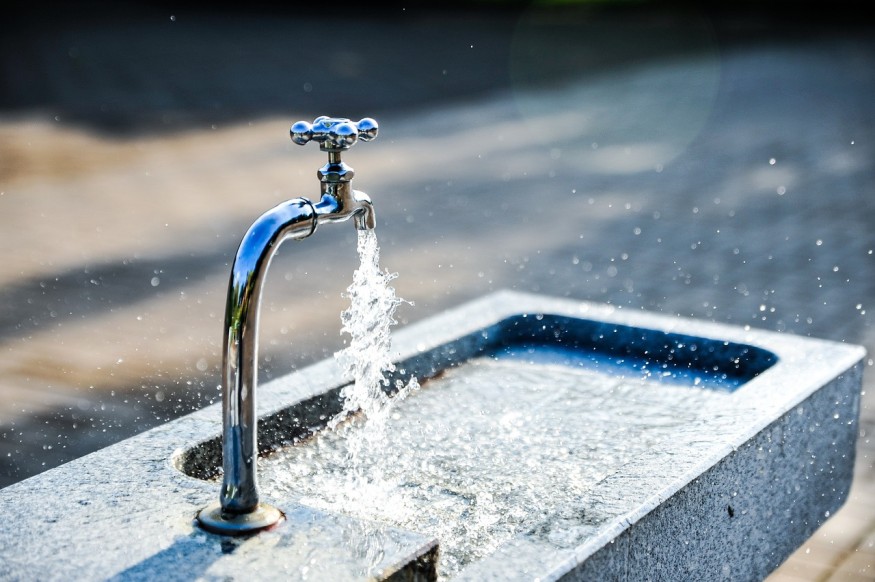
While all water contains contaminants and minerals, it is only considered safe for drinking if these are within established limits. That said, is it safe to drink tap water?
Drinking Water
When it comes to general drinking water safety, bottled and tap water are comparable. The one responsible for handling drinking water standards is the Food and Drug Administration (FDA). The FDA ensures that this drinking water meets the standards for safety.
The same is done by the Environmental Protection Agency (EPA) for tap water. The EPA offers data pertaining to water sources, potential health risks, and levels of contaminants.
Aside from contaminants, minerals are also present in drinking water. While there is no superior water type, hard water has high levels of minerals that could pose risks to one's health. According to sources, roughly 85% of US water sources are hard. One can distinguish if the water is hard or soft by gauging levels of magnesium and content.
Soft water contains 17 or less parts calcium and magnesium per million. Water is considered slightly hard if it contains 17 to 60 parts per million, and moderately hard if it has 60 to 120 parts per million. It is considered hard if it has 120 to 180 parts per million and very hard if it has over 180 parts per million.
While calcium and magnesium are crucial to overall health, too much of them could be dangerous. There are studies that have shown that hard water is linked to a higher risk of certain health conditions, such as cardiovascular disease.
Tap Water Safety
However, just because water is considered hard does not immediately imply that it is contaminated. According to the EPA, contaminants are classified as physical, chemical, biological, or radiological. Physical contaminants can be seen in the water. These include soil from a lake or river. Chemical contaminants include drugs, toxins, metals, and pesticides. Biological contaminants are parasites, viruses, bacteria, and other organisms that are alive. Radiological contaminants are similar to chemicals, as they are unbalanced based on the count of neutrons and protons.
Water systems in the US that cater to at least 100,000 households need to offer annual reports of water quality. One may check the EPA website to see the report for a specific water system.
For those who do not feel comfortable with the contaminant levels in their tap water, investing in a water filter is an option. Reverse osmosis filters can remove different contaminants and are considered the most effective. However, they may cost over $1,000.
There are also carbon filters, which can improve water taste but not filter out all lead content. To ensure the quality of the filter purchased, one may check the label and see if the item adheres to the standards of the American National Standards Institute (ANSI) or NSF International.
There are also carbon filters, which can improve water taste but not filter out all lead content. To ensure the quality of the filter purchased, one may check the label and see if the item adhered to the standards of the American National Standards Institute (ANSI) or the NSF International.
Other ways to ensure the safety of tap water include boiling it, using cold water, letting it run, and keeping the aeration screen clean.
RELATED ARTICLE : Seven New Technologies that Create Clean Water for a Thirsty World
Check out more news and information on Medicine & Health in Science Times.
© 2025 ScienceTimes.com All rights reserved. Do not reproduce without permission. The window to the world of Science Times.












